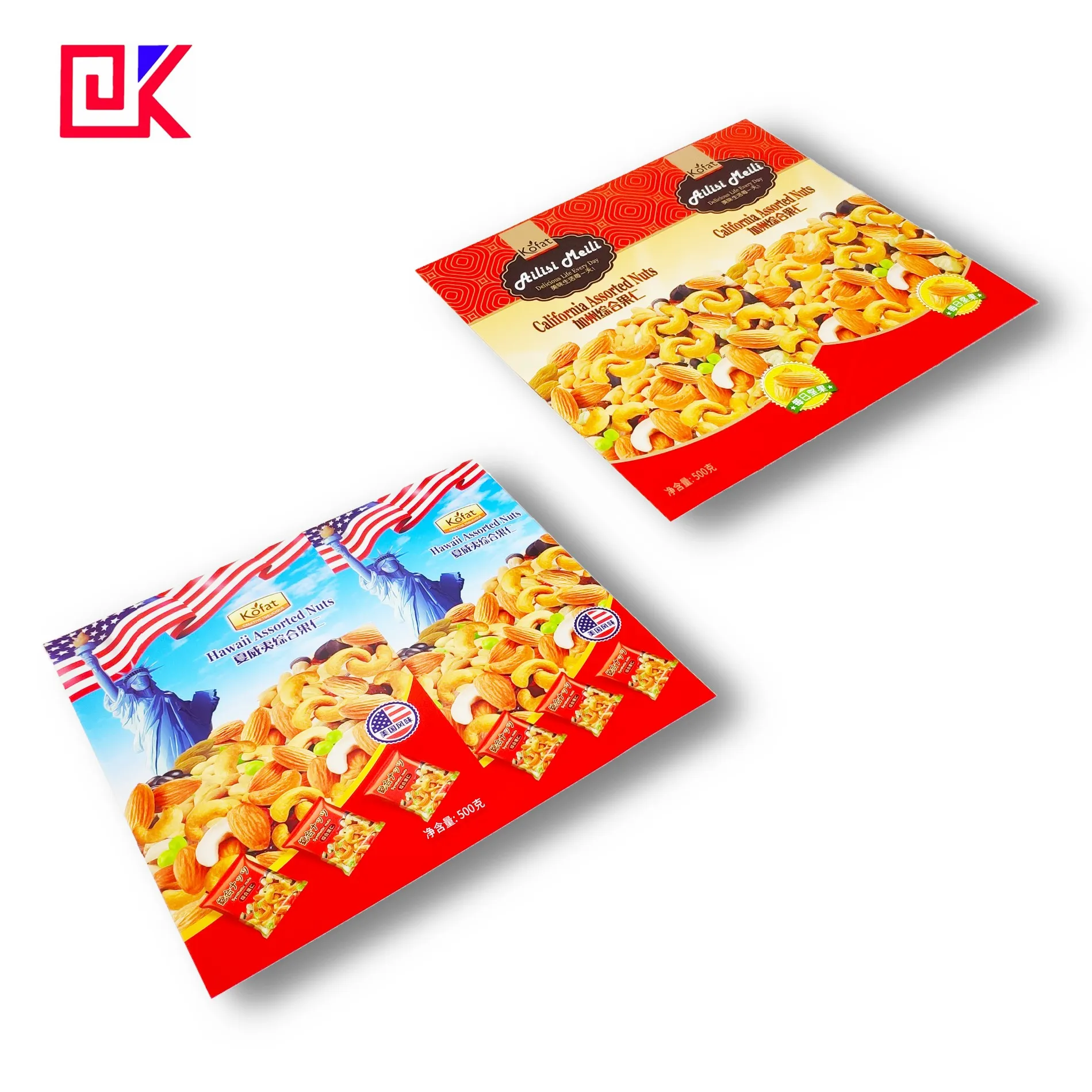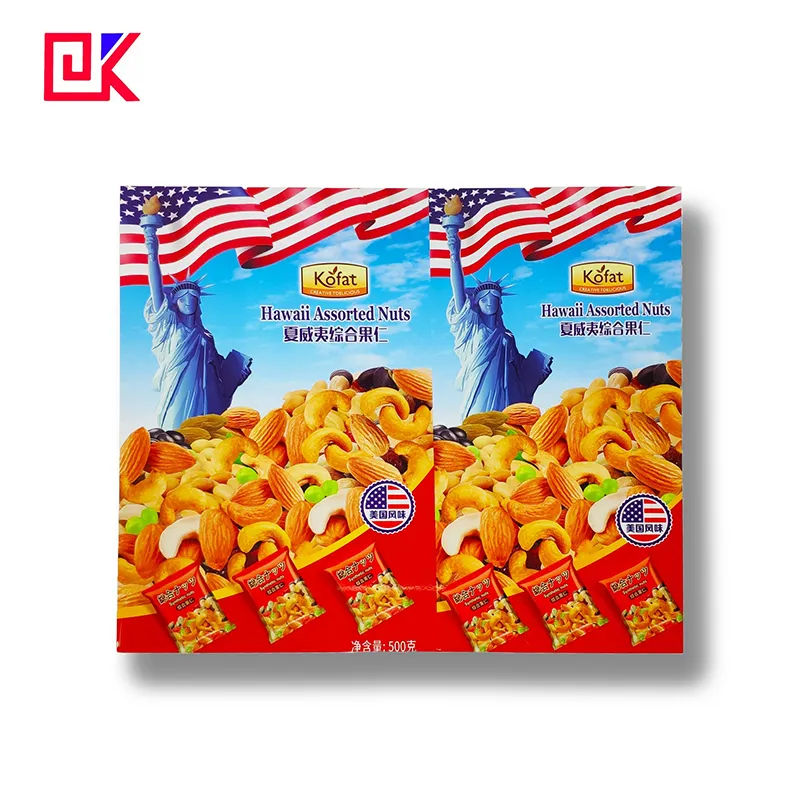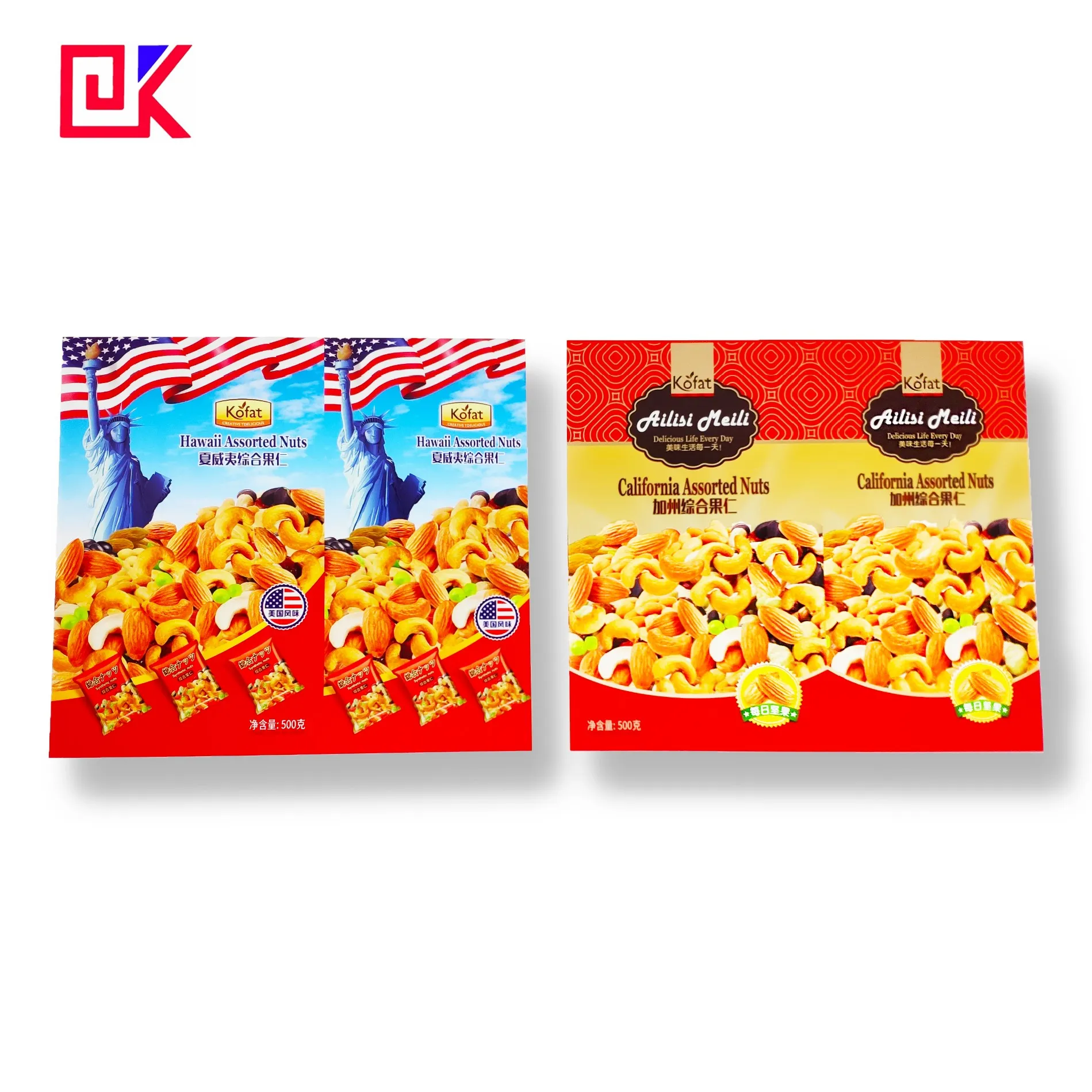In today's packaging industry, tinplate sheet is an extremely common and versatile material. Due to its good corrosion resistance and mechanical strength, it is widely used in food, beverage, chemical, pharmaceutical and other fields. With the increasing diversification of packaging needs and the intensification of market competition, printed tinplate has become an indispensable technical means to enhance the aesthetics of product packaging, brand recognition and market appeal of products.
This article will discuss in detail what is printed tinplate and why companies choose this process to produce their packaging products.

What is printed tinplate?
Printed tinplate, as the name suggests, is a technical application of printing patterns, text, logos and other contents on the surface of tinplate through a special printing process. Tinplate is essentially a sheet of iron coated with a thin layer of tin. The main purpose of the printing process is to form a colorful pattern or text with visual effects on the surface of the tinplate sheet, so that it can not only play the basic function of packaging materials, but also play the role of advertising and publicity.
Material properties of tinplate
Before understanding printed tinplate, we must first have a basic understanding of tinplate itself. Tinplate is a composite material formed by cold-rolling low-carbon steel and then coating it with a layer of metallic tin. The main function of the tinplate layer is to prevent oxidation and corrosion of the iron substrate. At the same time, tin has good ductility and gloss, so that tinplate can be easily processed into various shapes and has a good appearance.
Basic process of printing
The process of printing tinplate is similar to paper printing, but due to the material characteristics of tinplate sheet, its printing process requires special treatment, usually including the following steps:
● Surface pretreatment: Before printing, the surface of tinplate usually needs to be cleaned and treated to remove impurities such as oil and dust to ensure that the ink can be evenly attached to the surface of tinplate.
● Primer coating: In order to ensure the printing effect and enhance the adhesion of the ink, a layer of primer is usually applied to the surface of tinplate before printing. This process ensures that the subsequent patterns and text can be printed on the tinplate more firmly to avoid falling off or fading.
● Printing process: Printing tinplate often uses offset printing technology, and the designed pattern or text is transferred to the tinplate surface layer by layer through a series of rollers. The offset printing process can achieve high-precision and multi-color pattern printing.
● Baking and curing: After printing, the tinplate is usually put into the oven for high-temperature baking. The purpose of this process is to solidify the ink on the surface of the tinplate, making the pattern more stable and wear-resistant, and ensuring that it will not fall off during subsequent processing and use.
● Surface varnish coating: In order to enhance the gloss and protection of printed tinplate, a layer of transparent varnish is usually applied to the surface after printing. This not only improves the aesthetics of the product, but also provides additional protection for the printed pattern.

What is the purpose of printing tinplate?
Several main purposes of printing tinplate:
1. Enhance the visual appeal of the product
2. Provide brand promotion and identification
3. Deliver product information and instructions for use
4. Improve the anti-counterfeiting ability of packaging
5. Protect the surface of tinplate and improve durability
The main purpose of printing tinplate is to provide functional and visual enhancements for product packaging. Through printing, tinplate packaging is no longer just a simple container, it has become a carrier for brand communication and enhances the market competitiveness of products.
Enhance the visual appeal of products
In the fierce market competition, the visual effect of packaging has an important impact on consumers' purchasing decisions. Printed tinplate can make products stand out on the shelf through a variety of colors, patterns and text designs. Whether it is food, beverages or other industrial products, bright colors and unique designs can effectively attract consumers' attention. Compared with ordinary unprinted tinplate packaging, printed tinplate provides a brand with an opportunity to show its personality and uniqueness.
Provide brand promotion and identification
Another important purpose of printed tinplate is brand promotion and identification. In the modern consumer market, brand awareness is one of the important factors affecting sales. By printing company logos, product names and other brand elements on tinplate sheet, companies can invisibly strengthen the brand's image and popularity. In addition, printing can help consumers quickly identify brands, establish emotional connections with them, and enhance brand loyalty.
For example, the packaging of some well-known food and beverage brands has become an important identification mark of their brands after years of market accumulation. Even without seeing the specific brand name, consumers can quickly identify the product through the color, pattern and other characteristics of the packaging. This brand effect helps companies gain a favorable position in the fiercely competitive market.
Delivering product information and instructions for use
In addition to brand identification, printed tinplate can also be used as a carrier for delivering product information. Through printing, companies can mark important information such as product ingredients, production date, shelf life, instructions for use, storage conditions, etc. on the packaging. This not only helps consumers better understand the characteristics and uses of the product, but also meets the basic requirements of regulatory authorities for product packaging.
In the field of food and beverage packaging, relevant laws and regulations require companies to indicate key information such as the nutritional content, manufacturer, and product batch number of the product on the packaging. Printed tinplate can meet these requirements well while maintaining the beauty and practicality of the packaging.
Improve the anti-counterfeiting ability of packaging
Anti-counterfeiting is another important purpose of printed tinplate. With the increase of counterfeit and shoddy products on the market, companies need to use various means to protect their brands and products from infringement. Printed tinplate can improve the anti-counterfeiting ability of products through complex pattern design and special printing technology (such as microtext, invisible pattern, etc.), making it more difficult to counterfeit.
Anti-counterfeiting design not only helps protect the intellectual property rights of enterprises, but also protects the rights and interests of consumers and reduces losses caused by purchasing counterfeit products. This is especially important for some high-value or market-specific products.
Protect the tinplate surface and improve durability
The coating and varnish process in the printing process not only improves the aesthetics of the tinplate sheet, but also provides it with a certain protective function. The coating can effectively prevent the tinplate surface from being scratched or worn, especially during transportation and storage. This protective effect has a positive effect on the durability and service life of the packaging.
In addition, the coating can also improve the tinplate's tolerance to the external environment, including moisture resistance, corrosion resistance, and chemical erosion resistance. This is especially important for food packaging, because one of the main functions of food packaging is to protect food from pollution and influence from the external environment, ensuring the safety and shelf life of food.
What are the process requirements for printing tinplate?
Printing tinplate is a high-tech process with very strict requirements on equipment, technology, raw materials and operating procedures. The following are several key points in the printing tinplate process:
Selection of ink
The ink used for printing tinplate sheet must meet the safety standards of food contact materials, especially in industries such as food and beverages. The ink used in the printing process must be ensured to be non-toxic and harmless, and will not migrate to the food in the package. In addition, the ink's adhesion, light resistance and chemical resistance also have a direct impact on the printing effect, so choosing the right ink is crucial to ensure printing quality.
Printing accuracy
Since tinplate is made of metal, its surface hardness is high and relatively smooth, which poses a great challenge to the printing process. Therefore, the process accuracy requirements for printing tinplate are very high, and it is necessary to ensure that the pattern and text can be clearly and accurately presented on the tinplate surface without blurring, offset or color difference.
Baking and curing process
The printed tinplate must be baked at high temperature to ensure that the ink can be completely cured and form a stable adhesion layer on the surface. The control of baking temperature and time is directly related to the printing effect. If the temperature is too high, the ink may change color or crack; insufficient temperature may cause the ink to have poor adhesion and easy to fall off.
Surface gloss and coating uniformity
In order to improve the gloss and aesthetics of printed tinplate, it is usually necessary to apply a layer of transparent varnish on the surface. In addition to increasing the visual effect of the packaging, this process can also provide additional protection for the printed layer. During the coating process, it is necessary to ensure that the varnish is evenly coated to avoid problems such as bubbles, oil dripping or uneven gloss.

What are the uses of printed tinplate?
Uses of printed tinplate:
1. Food and beverage packaging
2. Cosmetics and personal care products
3. Industrial chemical containers
The application field of printed tinplate is very wide, covering multiple industries, especially in food and beverage packaging, chemical product containers, pencil cases, gift boxes and other fields.
Food and beverage packaging
The food and beverage industry is one of the largest application areas of printed tinplate sheet. Whether it is beverage cans, food cans, or candy boxes, chocolate boxes, etc., printed tinplate can provide products with sturdy packaging and excellent appearance effects, and enhance consumers' desire to buy.
Cosmetics and personal care products
Many high-end cosmetics and personal care products also use printed tinplate for packaging. Such products usually have high requirements for the beauty and texture of packaging. Printed tinplate can provide products with a unique brand image and market positioning through high-precision pattern and text printing.
Industrial Chemical Containers
Printed tinplate sheet also has important applications in industrial chemical packaging. Such products usually need to be marked with warning information, instructions for use and ingredient lists on the packaging. Printing tinplate can ensure that this information is clearly visible and will not fade or fall off due to changes in the external environment.

